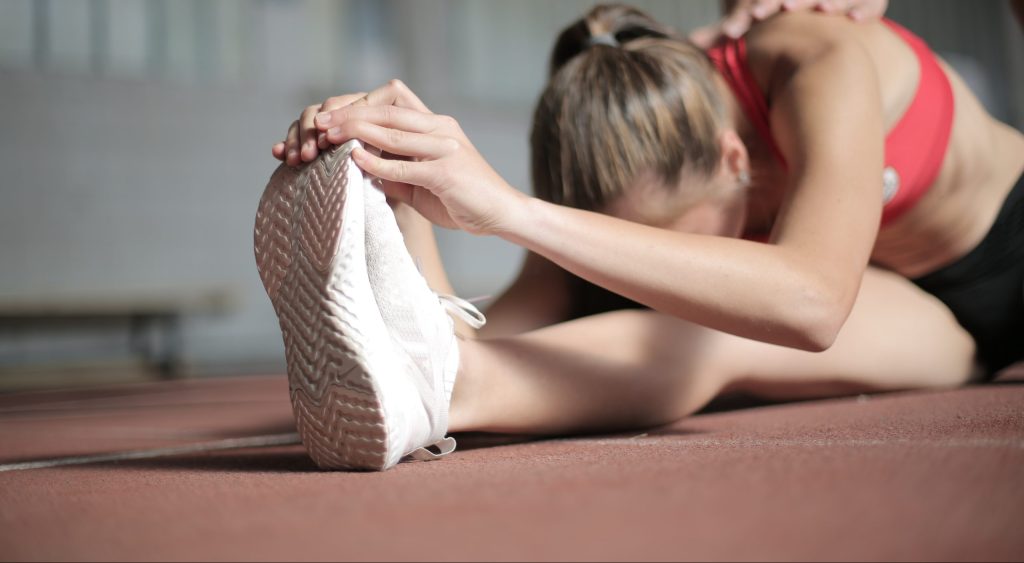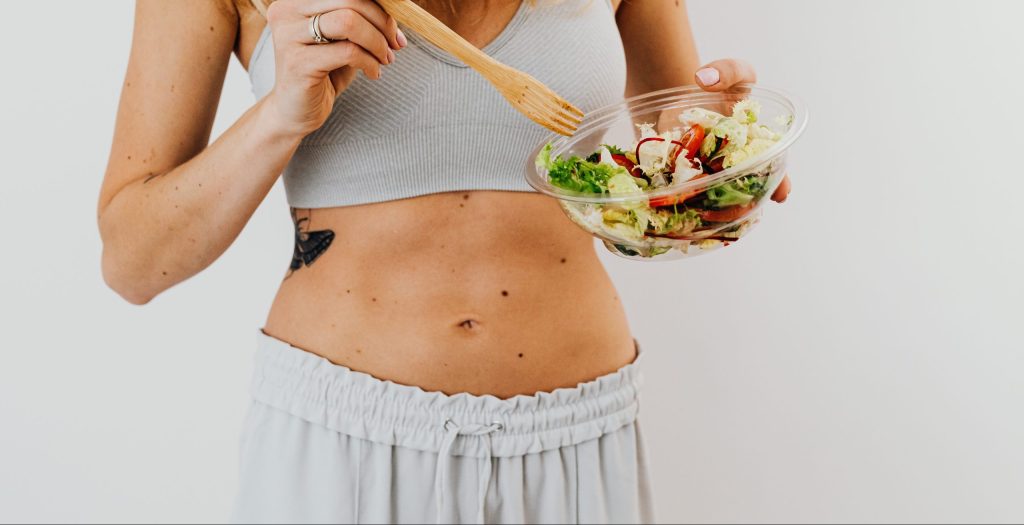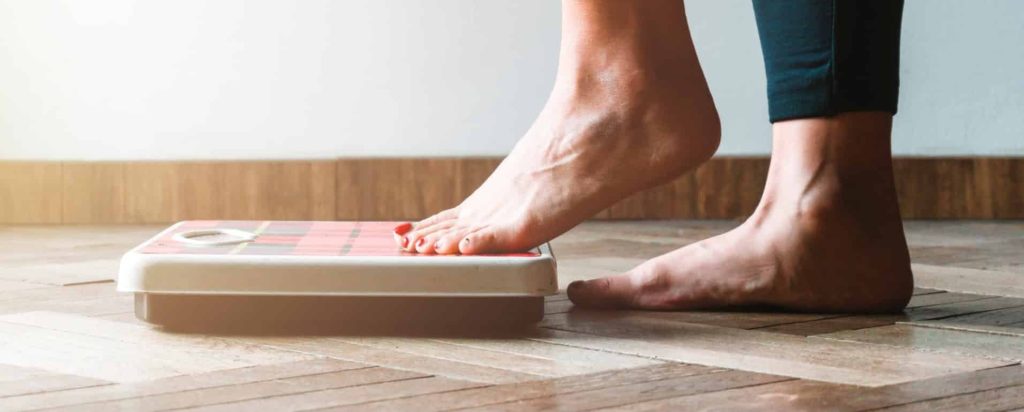5 Benefits of Exercise That Are Not Related To Weight Loss
People struggle with a lack of motivation every day, even when it comes to simple tasks. Sometimes, it is very difficult to find time to do things that would benefit your health and improve the quality of your life.
Let’s assume that you’re overweight, or underweight. You have no energy to live your life normally, you are fatigued and feel like there’s no hope for improvement. Maybe you already have an eating disorder, and it’s weighing down on your mental health, so you decide to change your life and start exercising. Let’s say that you are a beginner and you want to research the benefits of exercise, decide if you want to make the first move of organizing your day, and finding the time to exercise. You google, you look through pictures, hashtags, and motivational posts, and they have one thing in common, they glorify weight loss.
You already know that you need to lose weight, and it being one of the top reasons to exercise depresses you, so you just give up and make no changes. It is even worse if you are underweight! Why would you want to lose more weight? You just want to have hope, to feel stronger, and healthier. So, how are you supposed to find encouragement, and motivation to start exercising, when it only reminds you of your weight?
Leading a healthy, balanced life, that implements regular exercise, has many benefits besides weight loss. Your worth is not measured by the scale, and being thin does not guarantee that you will finally be satisfied, happy, nor healthy. Here are the top 5 benefits of exercising, according to our coach Sofiia, that will actually motivate you to get moving every day, and change your life for the better.
1. Improved brain function
Regular physical activity does not just improve the health of your body. In no way can we deny that it helps you build muscle, and help build bone density, but your physical body is not the only thing affected by exercise. Regular movement and exercise also help with brain health and function. Your cognitive health will improve immensely, as it will help you problem solve, learn, focus, balance, and even remember.
2. Endorphin release
Daily movement, whether it is exercising, dancing, or running, helps your brain release endorphins. Endorphins are a natural mood booster, your body releases them to help with stress, anxiety, tension, and pain. Being concentrated on your body’s movements, might make you forget the day’s frustrations, and improve your overall mood.
3. Reduced risk of chronic illness
There are a lot of types of exercise and physical activity. Each and every o
ne of them is important and can help you live a longer, healthier life. Exercise may not only help with the symptoms of chronic illnesses but also reduce the likelihood of getting one. . Raise your heart rate with aerobic exercise such as cardio, improve your muscle strength with strength training, and work on your flexibility with yoga and stretching for joint and bone health. Implementing all of these types of physical activity during your lifetime will help you prevent or fight illnesses such as dementia, diabetes, osteoporosis, arthritis, asthma, and even cancer.
4. Improved mental health
We’ve already mentioned how exercise can help your mental health, but let us note the most important part. Exercise can have a positive impact on your struggle with depression, anxiety and ADHD, the most common mental illnesses of this modern age. Your outlook on life can change as you will get a sense of accomplishing something beneficial, something productive that will get you out of bed in the morning.
5. Better sleep
Sleeping disorders are more and more common among teenagers and young adults. These disorders can follow well into your adult life and have a negative toll on your health. Research proves that even 30 minutes of daily exercise may affect your daily sleep, and help you sleep better. In adults, It can reduce sleep onset – the time it takes to fall asleep, and the need for sleep medications.
Conclusion
Exercising regularly, whether you choose aerobic exercise, strength training, yoga or running, can immensely improve your overall health, mental health, and brain health. If you haven’t begun your fitness journey, consider doing so and read the benefits mentioned above as a reminder. Your weight cannot determine how healthy you are, and focusing on the number of the scale going down won’t help you be the best version of yourself.
If you need help with starting your fitness journey and looking to educate yourself on the important aspects of fitness, the FitSof Push Start 4-week beginner program is your beginner’s guide through the instructed exercise, workout schedule, nutrition, and tips for consistency. Go to our shop and purchase the program to take the first step on your fitness journey.



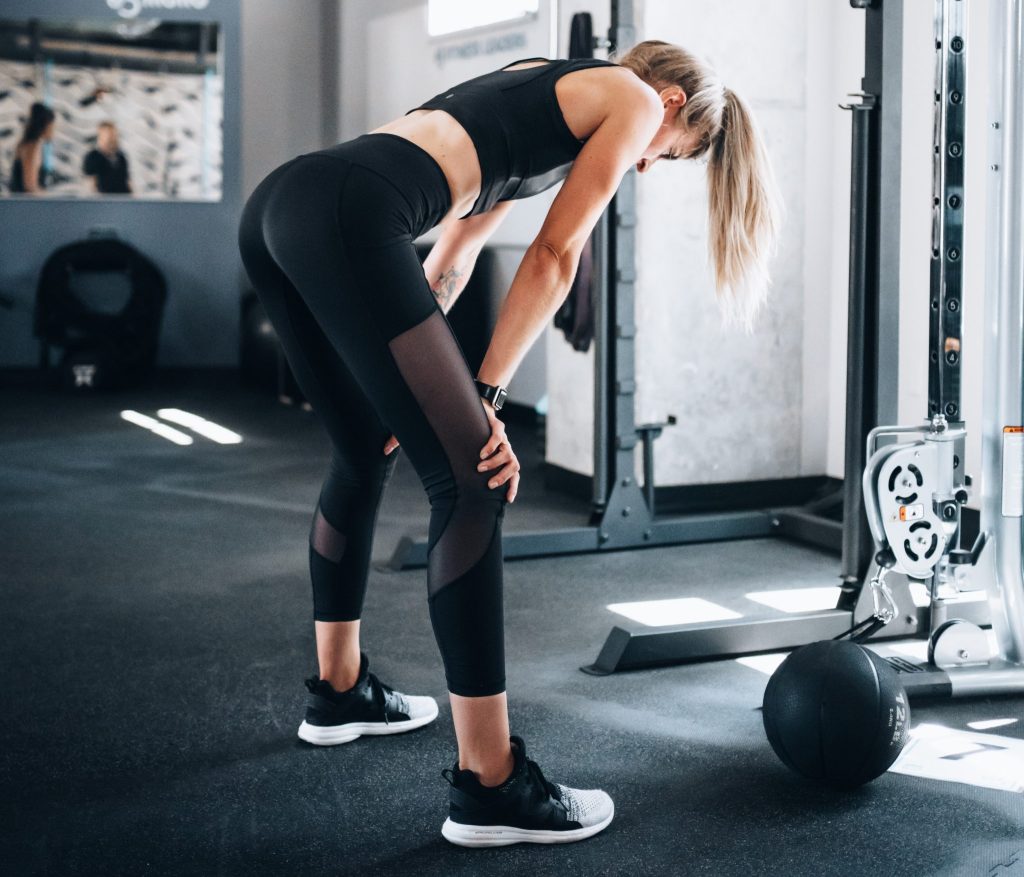
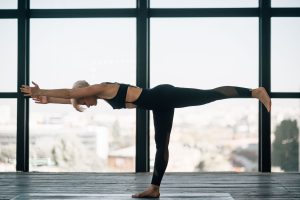
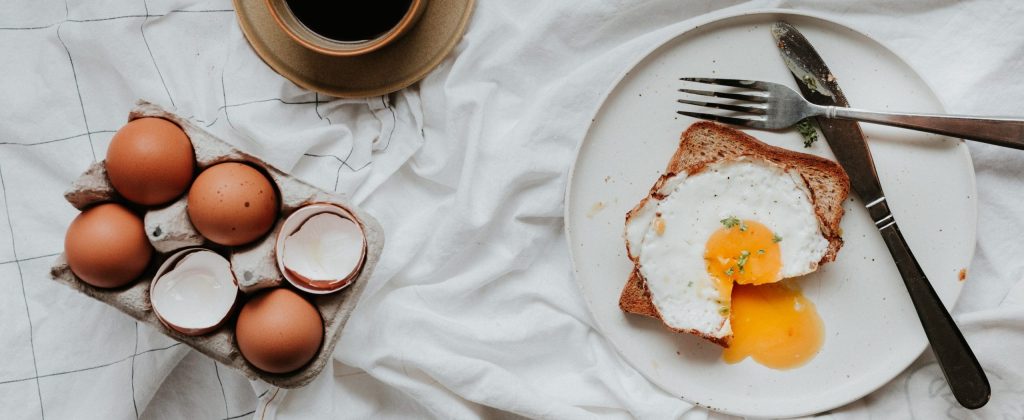
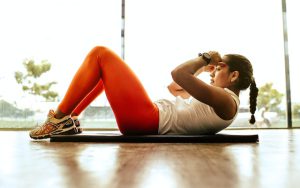
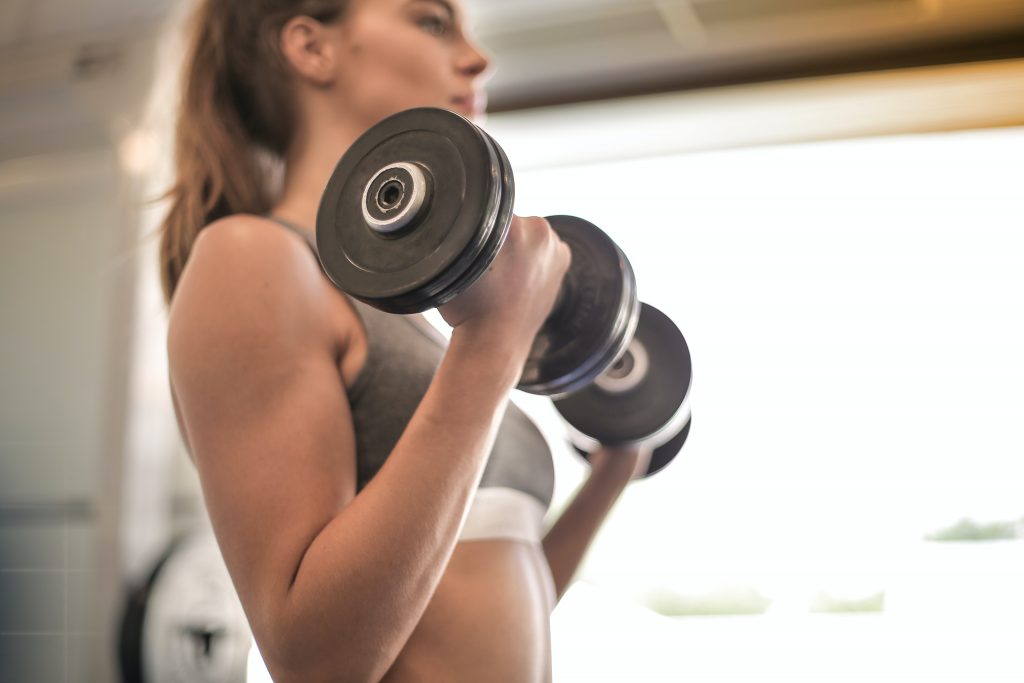



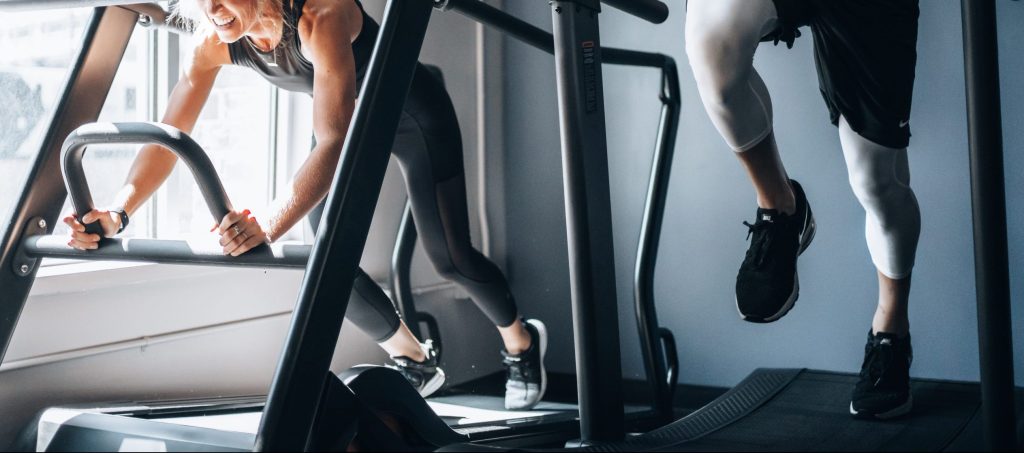
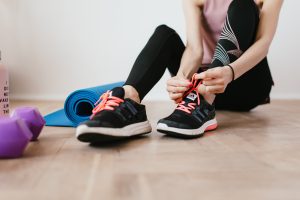 There are no limits when it comes to HIIT. If you enjoy working out in the gym, you can do your HIIT routine in the CrossFit section, or anywhere for that matter. HIIT rarely takes up any space, you do most of the exercises in the same spot. This means that it is perfect for home workouts, small apartments and crowded gyms. Your yard, or a local park can also be a perfect spot for a combination of some
There are no limits when it comes to HIIT. If you enjoy working out in the gym, you can do your HIIT routine in the CrossFit section, or anywhere for that matter. HIIT rarely takes up any space, you do most of the exercises in the same spot. This means that it is perfect for home workouts, small apartments and crowded gyms. Your yard, or a local park can also be a perfect spot for a combination of some 